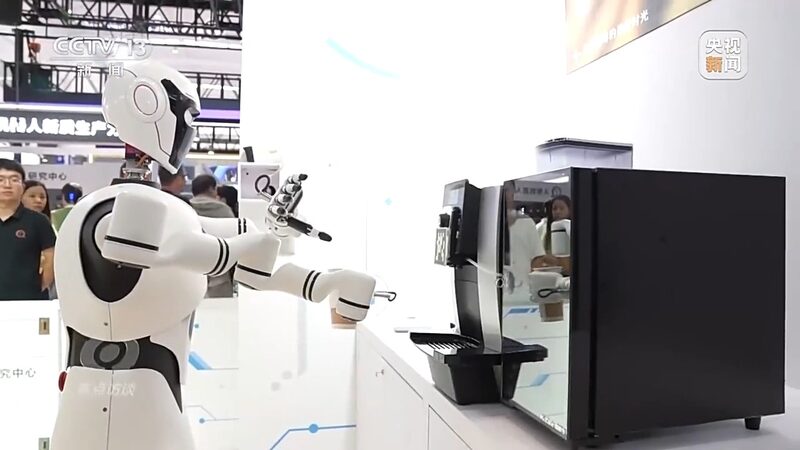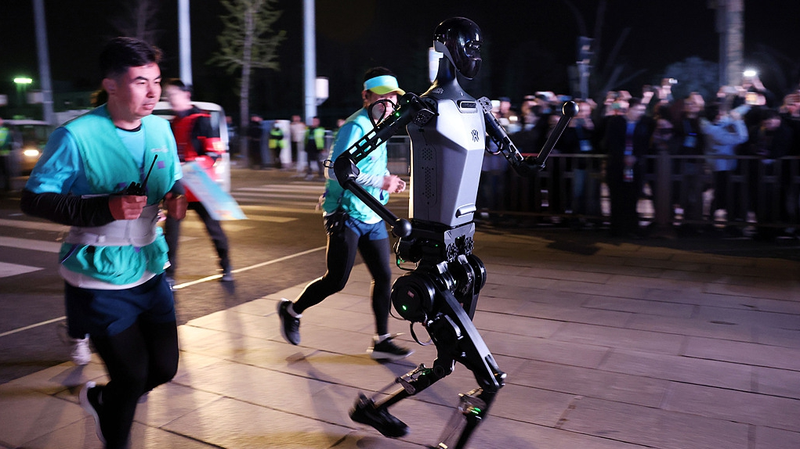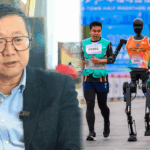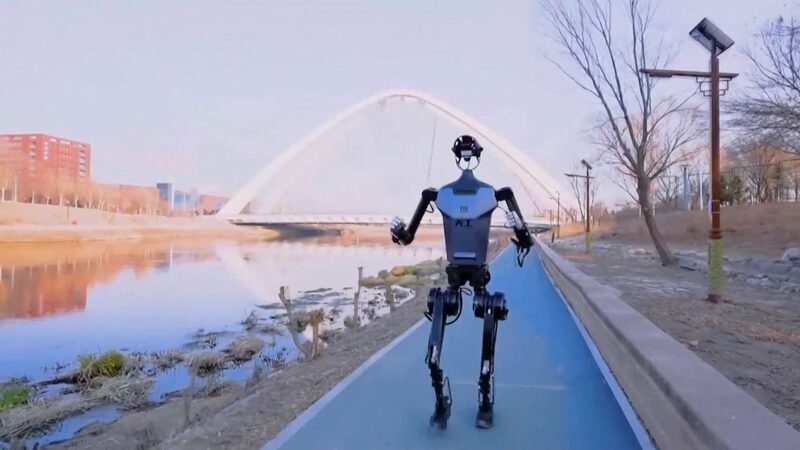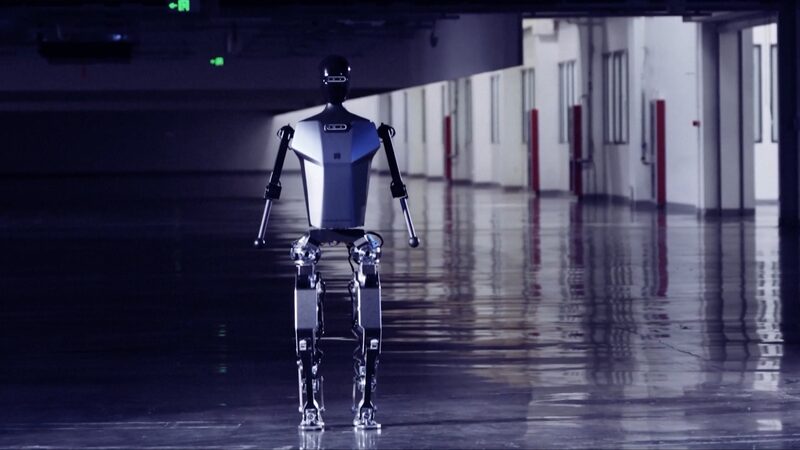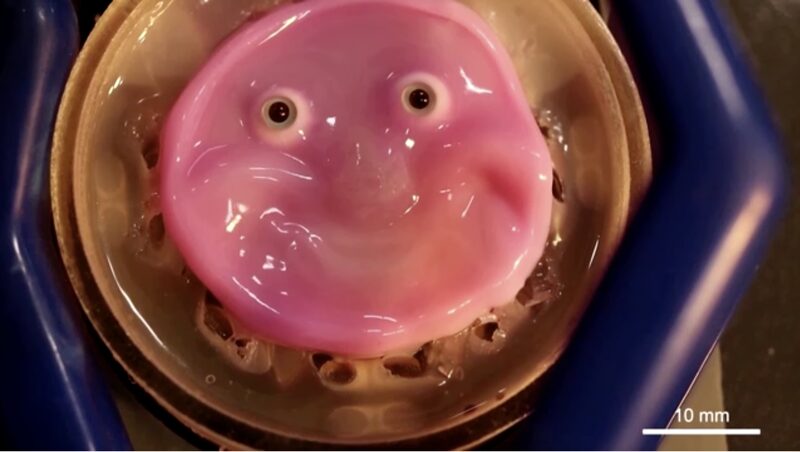Imagine a robot that doesn’t just help with tasks but connects with you through smiles, frowns, and laughter. 🌟 A team at Hohai University in the Chinese mainland is turning this sci-fi dream into reality, working overtime to perfect humanoid robots with ultra-expressive faces.
Led by Professor Liu Xiaofeng, the team developed a groundbreaking algorithm to overcome the ‘uncanny valley’ effect—where robots’ stiff expressions creep people out. Their secret? A two-stage process inspired by human facial muscles. First, AI maps subtle expressions; then, motors mimic them. 🧠⚙️
\"Even with just nine tiny motors, we’ve created 17 facial action units—like a digital puppeteer,\" said co-author Ni Rongrong from Changzhou University. Think fewer motors than a TikTok filter but smoother transitions than your favorite anime character! 🎭
Why does this matter? The China Association of Science and Technology ranked emotional AI robots as 2024’s top tech priority. Soon, these bots could become caregivers in nursing homes, assistants in schools, or even companions. 💞
\"They’ll offer more than efficiency—they’ll provide emotional value,\" Liu shared. Imagine robots comforting lonely seniors or teaching kids with patience (and perfect emoji-worthy expressions). 📚👵
Published in the IEEE Transactions on Robotics, this innovation blends tech and heart. Who knows? Your next best friend might be battery-powered. 🔋💬
Reference(s):
China develops humanoid robots with realistic facial expression
cgtn.com
